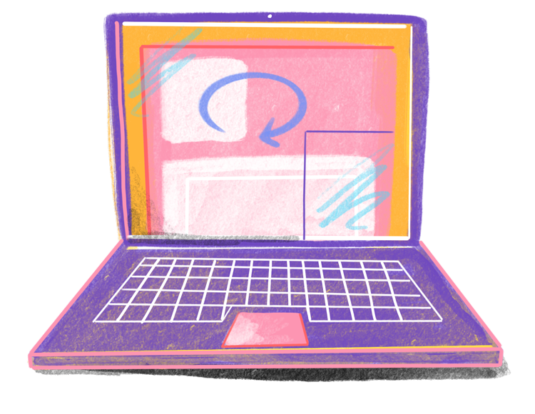Rationale and objectives: Our objective was to evaluate the frequency with which patients viewed their online radiology reports in relation to clinical and laboratory notes and identify sociodemographic factors associated with report viewing.
Method and materials: We conducted a cross-sectional study of 129,419 patients who had online patient portal access in our large health system in 2014. We determined whether patients viewed their radiology reports, laboratory reports, and clinical notes. We also collected patient sociodemographic information including gender, age, primary spoken language, race/ethnicity, and insurance status. We performed multivariate analyses to determine significant associations between viewing of radiology reports and viewing of other types of clinical reports and patient characteristics.



